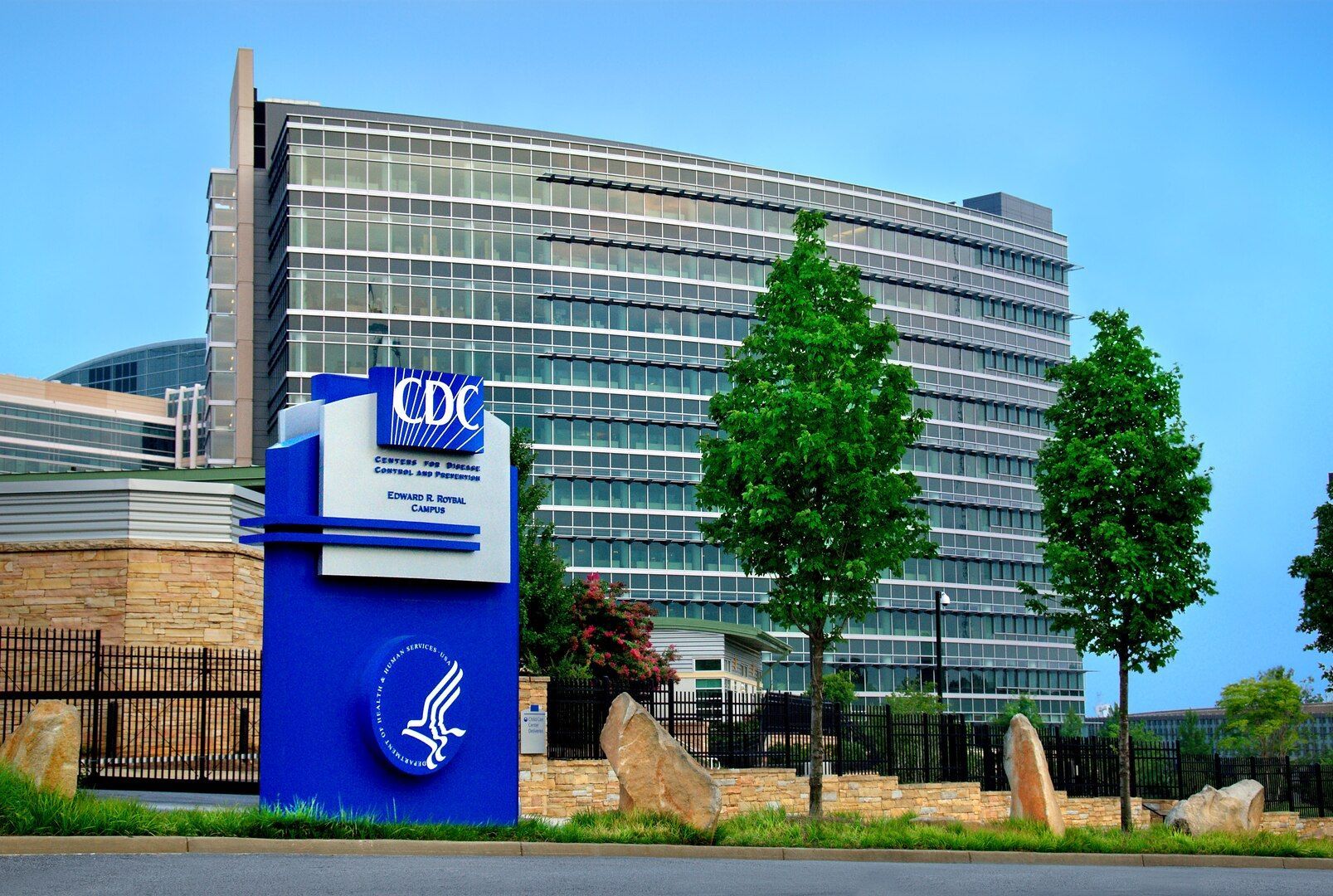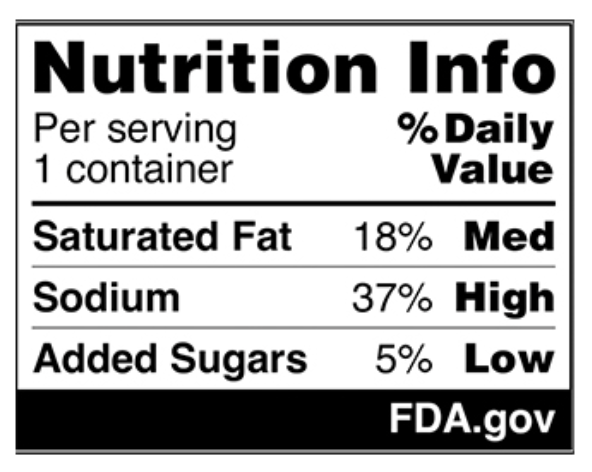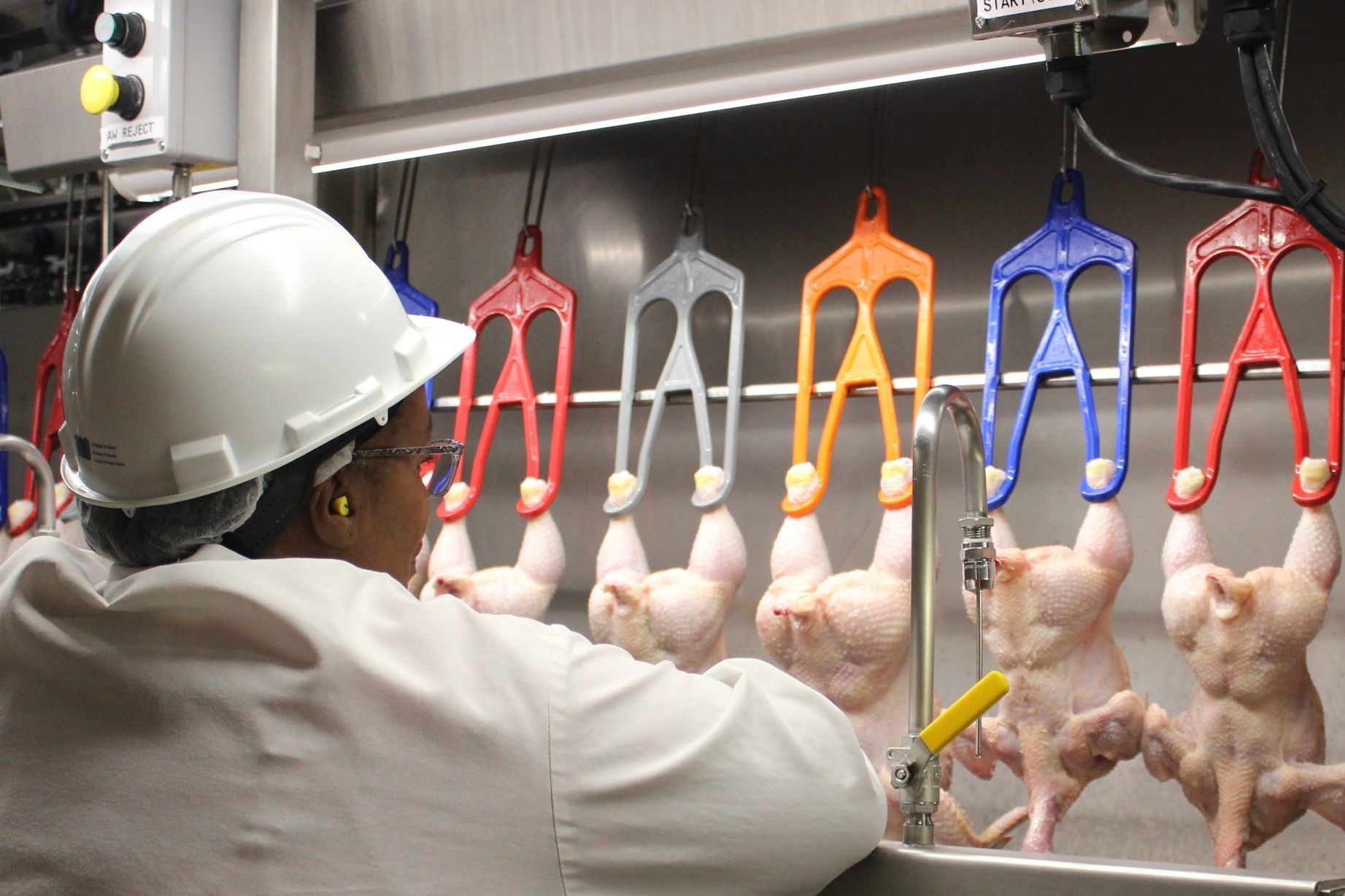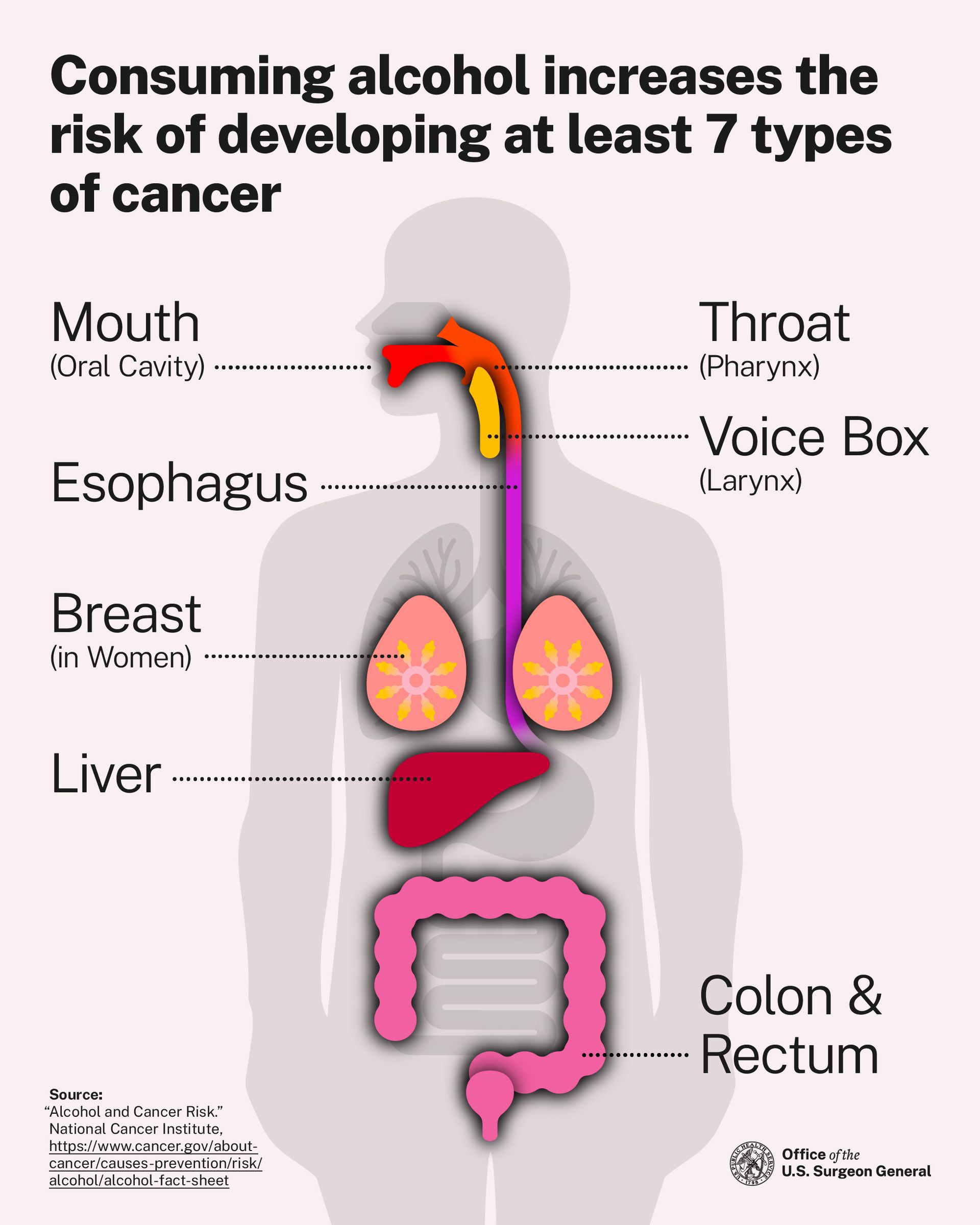TEXAS HILL COUNTRY FLOODS: DID WARNINGS FAIL VICTIMS?
From July 3–4, 2025, Central Texas—especially Kerr County and the Guadalupe River basin—experienced catastrophic flash flooding that claimed over 130 lives, including children and staff at Camp Mystic. As grief and outrage settle, survivors and officials alike are questioning whether enough was done to warn those most at risk.
July 3, 1:18 PM – Initial Flood Watch Issued
On July 3 at 1:18 p.m. CT, the National Weather Service (NWS) issued a flood watch for Kerr County, predicting 1–3″ of rain, with isolated amounts up to 7″.
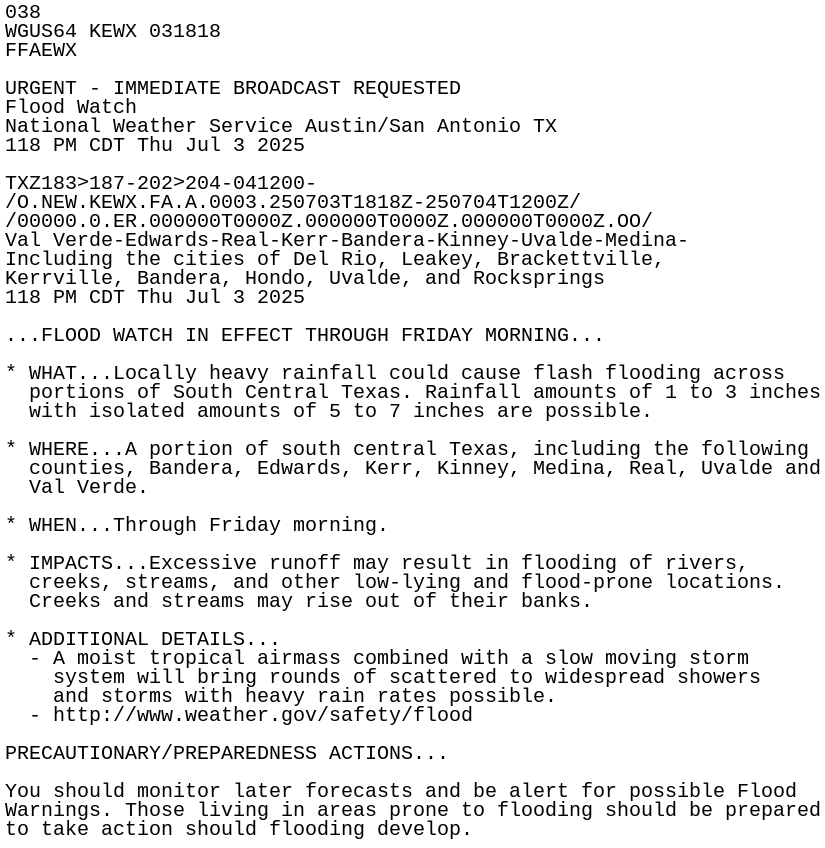
A flood watch issued by the National Weather Service at 1:18 PM CDT on Thursday, July 3, 2025, several hours before the start of the deadly and historic July 2025 Central Texas floods.
But late-night rains far exceeded that, as more than 12″ fell within hours, and the Guadalupe River gauge rose from 0.34 ft at 11:45 p.m. to over 34 ft by 6:45 a.m., completely submerging the sensor.
July 4, Midnight–4 AM – NWS Emergency Alerts Sent
Between midnight and 4 a.m. on July 4, the NWS sent three urgent Wireless Emergency Alerts (WEAs) to the public, including:
“THIS IS A PARTICULARLY DANGEROUS SITUATION. SEEK HIGHER GROUND NOW!”
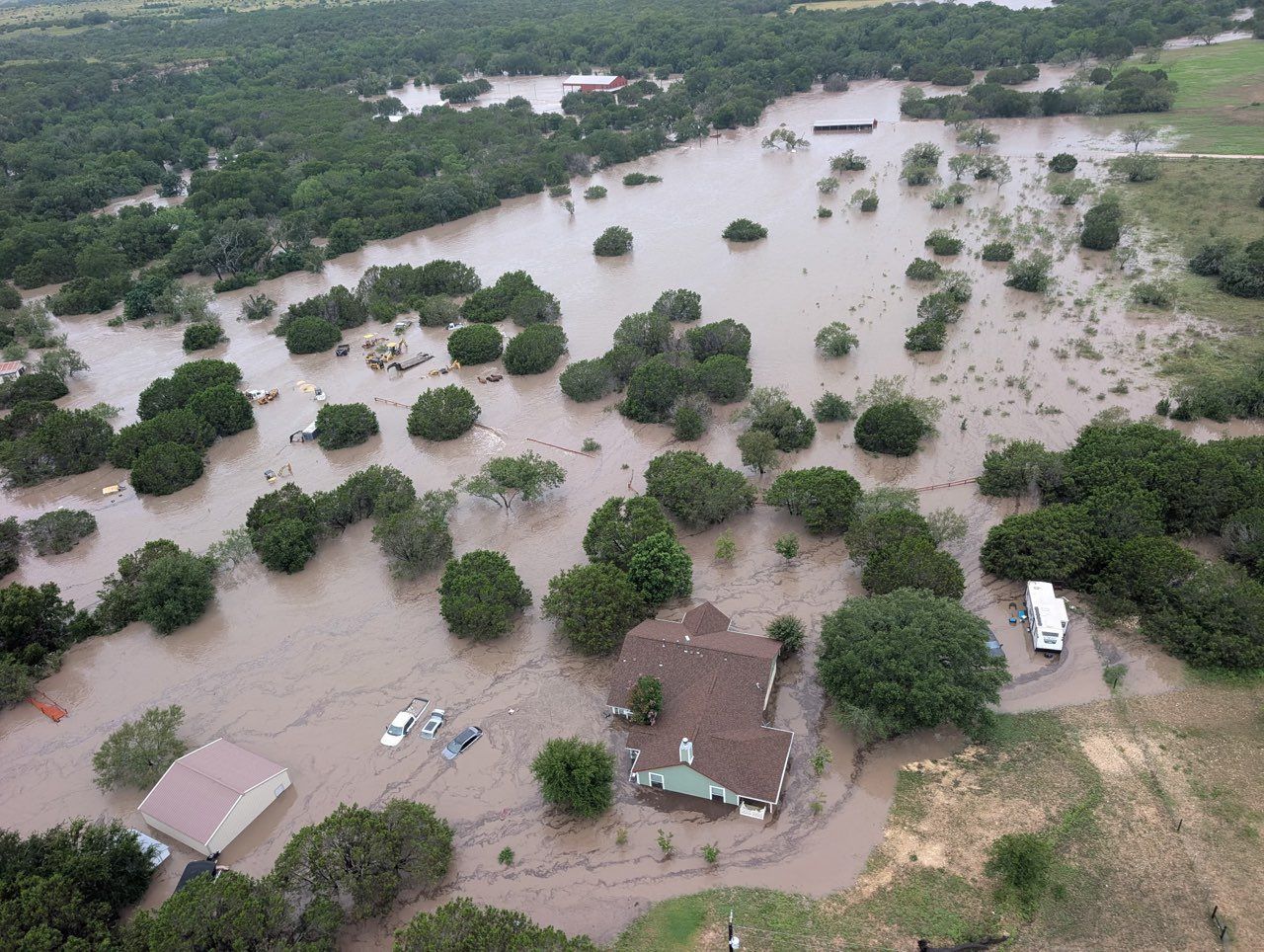
The USCG continues to assist the state of Texas with flooding near Kerrville. USCG MH-65 helicopters have conducted 12 flights to the flooded area, rescued 15 campers from Camp Mystic in Hunt, and aided in the evacuation of 230 people.
Local Alert Failures and Camp Mystic Conditions
Yet local government alerts were absent. In Kerr County, no county-issued push alerts accompanied the NWS warnings . Victims like campers and residents reported: “No warning at all” . Kerr County lacked an autonomous warning system like sirens linked to NWS data. Officials had debated installing one for nearly a decade, but rejected grant offers and funding due to cost sensitivity and political resistance.
By contrast, Comfort, a neighboring Kendall County town, installed a $60,000 siren system. It ran manually during the crisis and reported zero casualties. Because Camp Mystic prohibited campers from carrying phones, emergency alerts via cell were unlikely to reach them just before the flood.
A firefighter based in Ingram requested a local alert at about 4:22 a.m., but local dispatchers waited almost six hours for supervisor approval. The first CodeRED messages were delayed by 90 minutes or more, and some residents received them as late as 10 a.m., long after the flood struck.
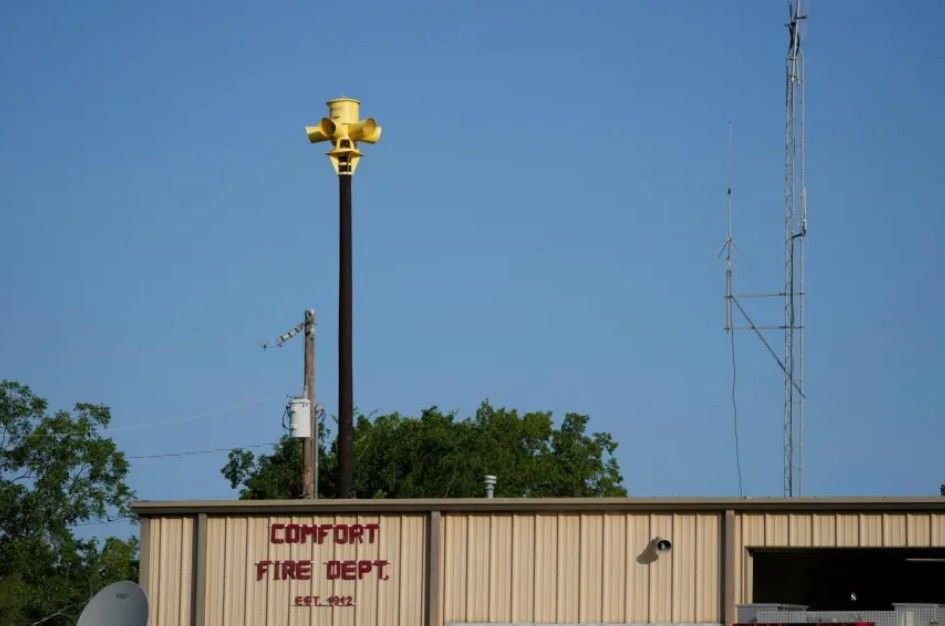
An emergency siren is visible on top of the Comfort Volunteer Fire Department in Comfort, TX. (AP Photo/Ashley Landis)
At Camp Mystic, director Dick Eastland reportedly received a severe flood warning on his phone about an hour before the waters hit, but evacuation orders were not issued until too late.
Though NWS forecasts escalated rapidly, state officials argued some rainfall magnitude predictions missed the actual storm intensity, with up to 18″ falling vs. modest projections of far fewer amounts.
Staffing shortages within NWS offices in San Antonio and San Angelo have also come under scrutiny for weakening coordination: several key roles were vacant during the critical period.
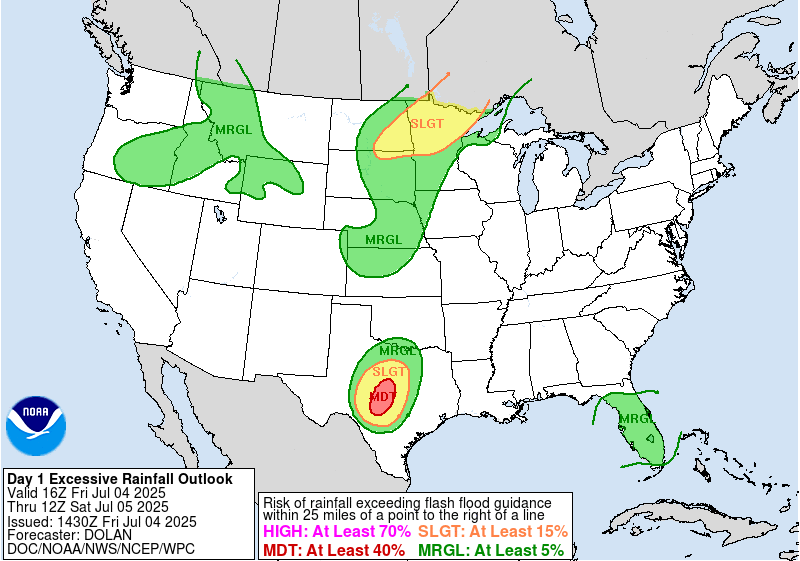
Excessive rainfall outlook outlined at 16:00 on Friday, July 4, 2025, valid till 12:00, Saturday, July 5, 2025.
At the federal level, FEMA director David Richardson defended the response, calling it a “model,” while lawmakers criticized the agency for missed calls on hotlines and bureaucratic delays .
A FEMA urban search‑and rescue leader resigned mid‑response, citing frustration over procedural constraints.
Experts urge attention to the social trust dynamic in flood alerts. Many residents are conditioned to ignore repeated non‑urgent alerts, contributing to "alert fatigue”.
Without layered, specific, and instructive messages, even accurate forecasts may not drive action.
A “multi‑layered” alert system consisting of sirens, wireless emergency alerts, local opt-in systems like CodeRED and even call trees may be deemed essential, especially in rural or low‑phone zones.
Areas served by siren systems like Comfort had no fatalities, while Kerr County, lacking such infrastructure, recorded over 100 deaths.
Camp Mystic, a known high-risk site, was allowed to operate in a 100‑year floodplain, and warnings there were downplayed or ignored despite prior expert recommendations.
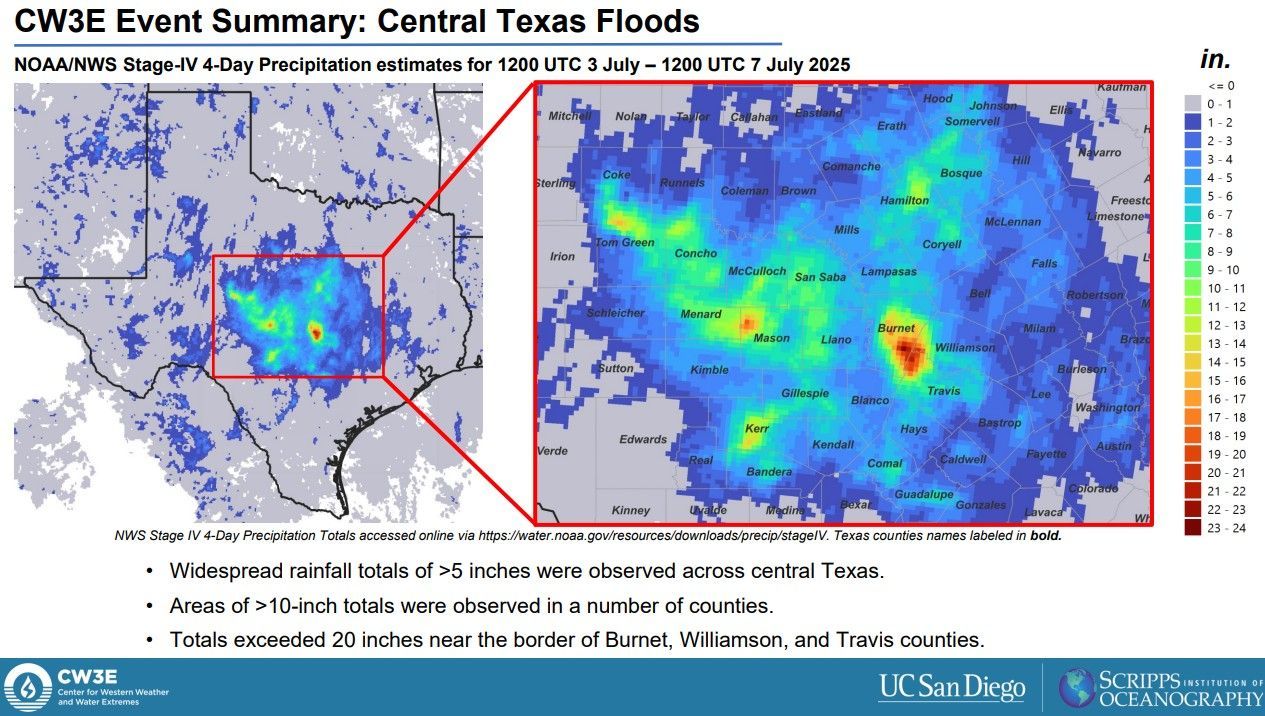
NOAA/NWS data shows 4-day rainfall totals from July 3–7, 2025. Parts of Burnet, Williamson, and Travis counties received over 20 inches, leading to catastrophic flooding. Source: CW3E, UC San Diego Full report (PDF)
As I write this newsletter, Texas lawmakers in a special session are debating legislation to:
- Fund county-level sirens and flood gauge upgrades
- Require evacuation planning for camps and floodplain developments
- Expand grants and oversight tied to early-warning implementation
The Upper Guadalupe River Authority (UGRA), which previously declined a low-cost $1 million state loan, has faced bipartisan criticism for prioritizing tax cuts over public safety.
FEMA critics and lawmakers across party lines are calling for improved central coordination and repealing internal rules that delayed rescue team deployment.
Editorials, such as those in the Austin American‑Statesman and Houston Chronicle, argued the floods revealed decades of preparedness failures, and urged climate‐informed planning and flood‑risk awareness.
WATCH: NOAA/NWS radar reflectivity — Central Texas flash flood event, circa July 3–4, 2025
Source: NWS radar compiled in Historic Texas Flash Flooding Radar Archive (YouTube video based on NOAA data)
As the Warnings Doctor, it is obvious to me that the Texas floods revealed a major failure to warn the public about an immediate life-threatening event.
At a minimum, the following actions need to be taken:
- Federal and state leaders must update disaster protocols, mandate sirens and gauge networks in high-risk zones, and ensure local officials act on NWS warnings.
- A multi-layered alert system should become the norm, with redundancy built into phone, siren, and personal outreach channels to overcome rural gaps and device restrictions.
- Trust in alerts can't be taken for granted. Messages must be action-based, localized, and impactful, not generic or technical.
Without accountability and persistent investment, another flash flood could repeat these errors. For the survivors, the loss will linger—but their voices may yet save future lives.



